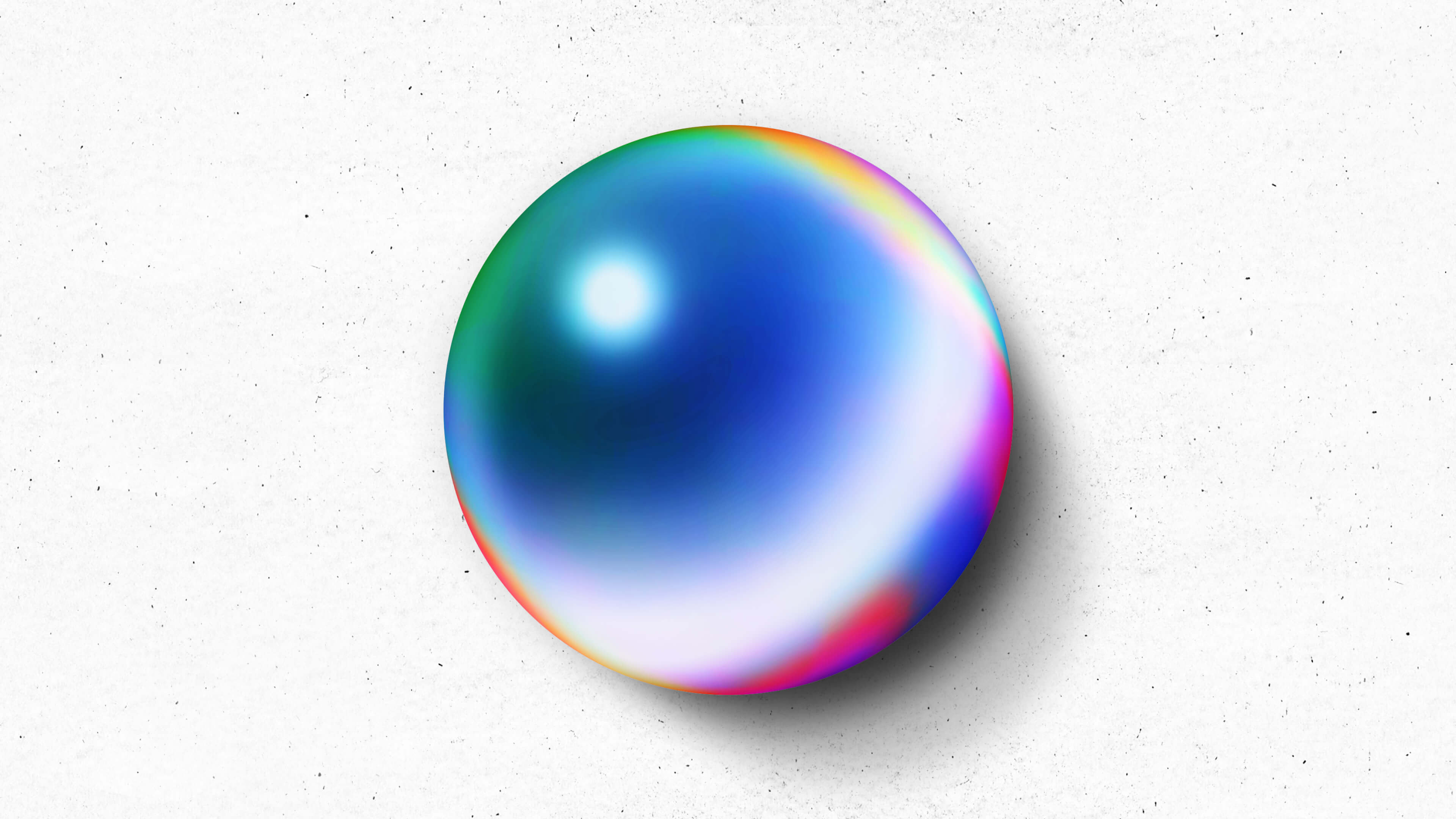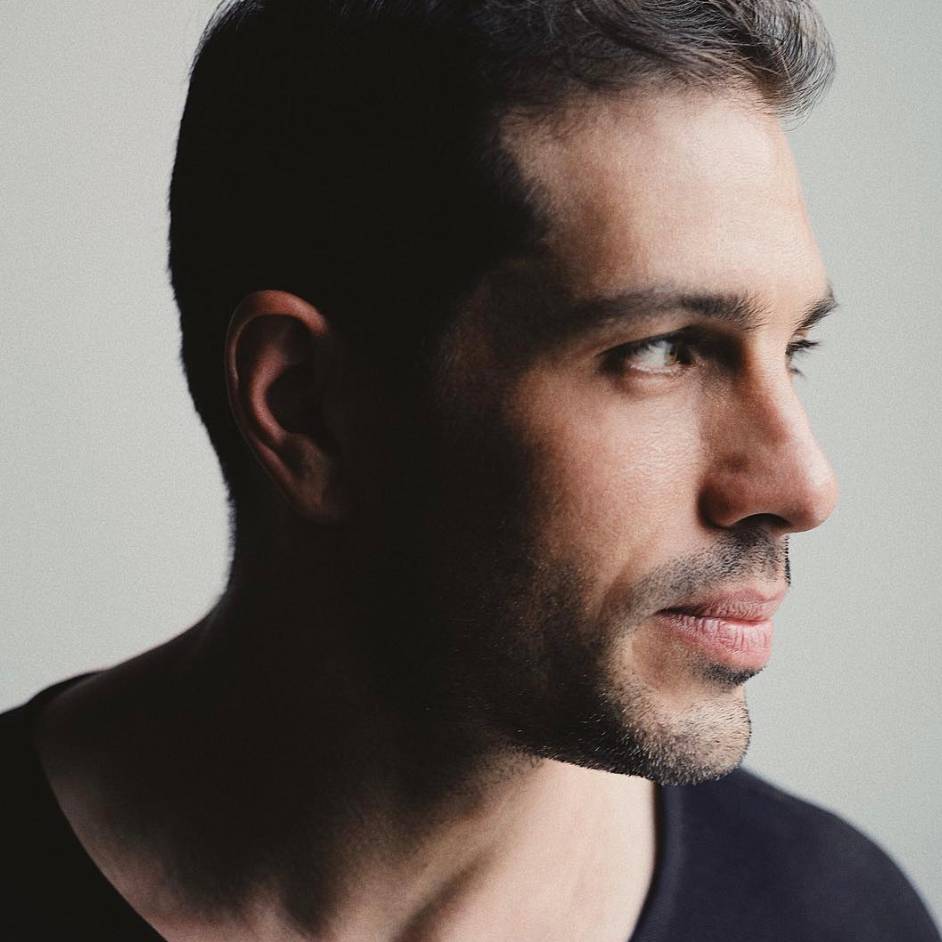In our third annual Ideas Report, published in early December, we took the pulse of our community. Out of 35,000 responses, we sought to understand how creative people generated and developed ideas in a highly unusual year, all while reckoning with a global pandemic. It was a year of massive contrasts. The results were striking. While many respondents reported having more creative ideas than ever before, intense doubt and a toll on mental health was a prevailing theme for others.

That tension in emotions is emphasized in many parts of the report, beginning with the color scheme — black and white with a hint of color. We went for big and bold but still classy for the look and feel, and systems of decision trees, surveys, and quizzes inspired the overall design.
From a design standpoint, we wanted this year’s report to have multiple entry points, allowing people to take in the information in different ways. Because a dense report isn’t for everyone, we landed on three ways in––Read, Watch, and Play.
Working with our wonderful partner Cartelle, an agency based out of New York and Amsterdam, we set out to make something that would feel as natural in the palm of your hand as it does on your laptop.

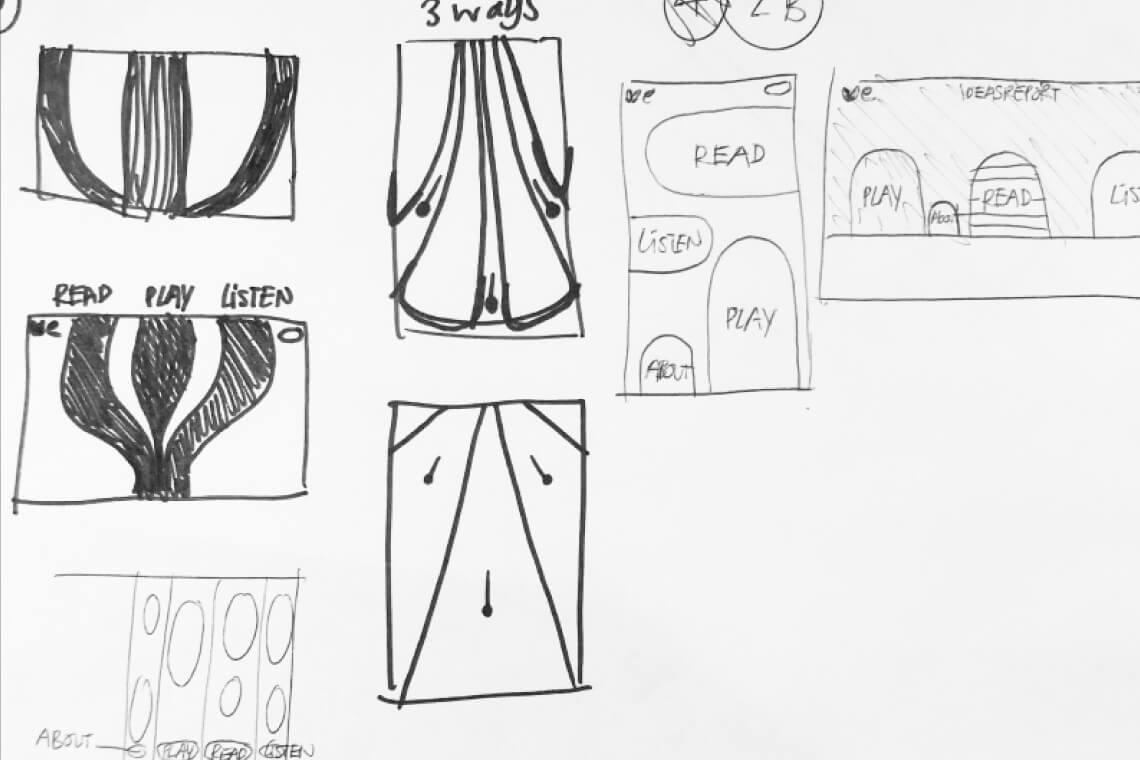
READ
In the Read section, we showed five key findings as cards that readers could open and close, like flipping through a report page. We were inspired by economy-focused newspapers such as the Financial Times. It was important to have the information and data feel unencumbered, so referencing a brutalist approach to design felt appropriate.
WATCH
For the Watch section, we interviewed five industry leaders who shared their advice for dealing with creative blocks, and we asked how they harnessed doubt in a game-changing year. The talks were candid, honest, and intimate. (Getting that type of intimacy from established people was refreshing.)
The inspiration for this section was real-life cinema. We wanted to make it feel like something you would lean back to watch and enjoy. We designed the page to reflect the speakers’ candidness and openness, using big, bold typography to emphasize the five personal mantras.
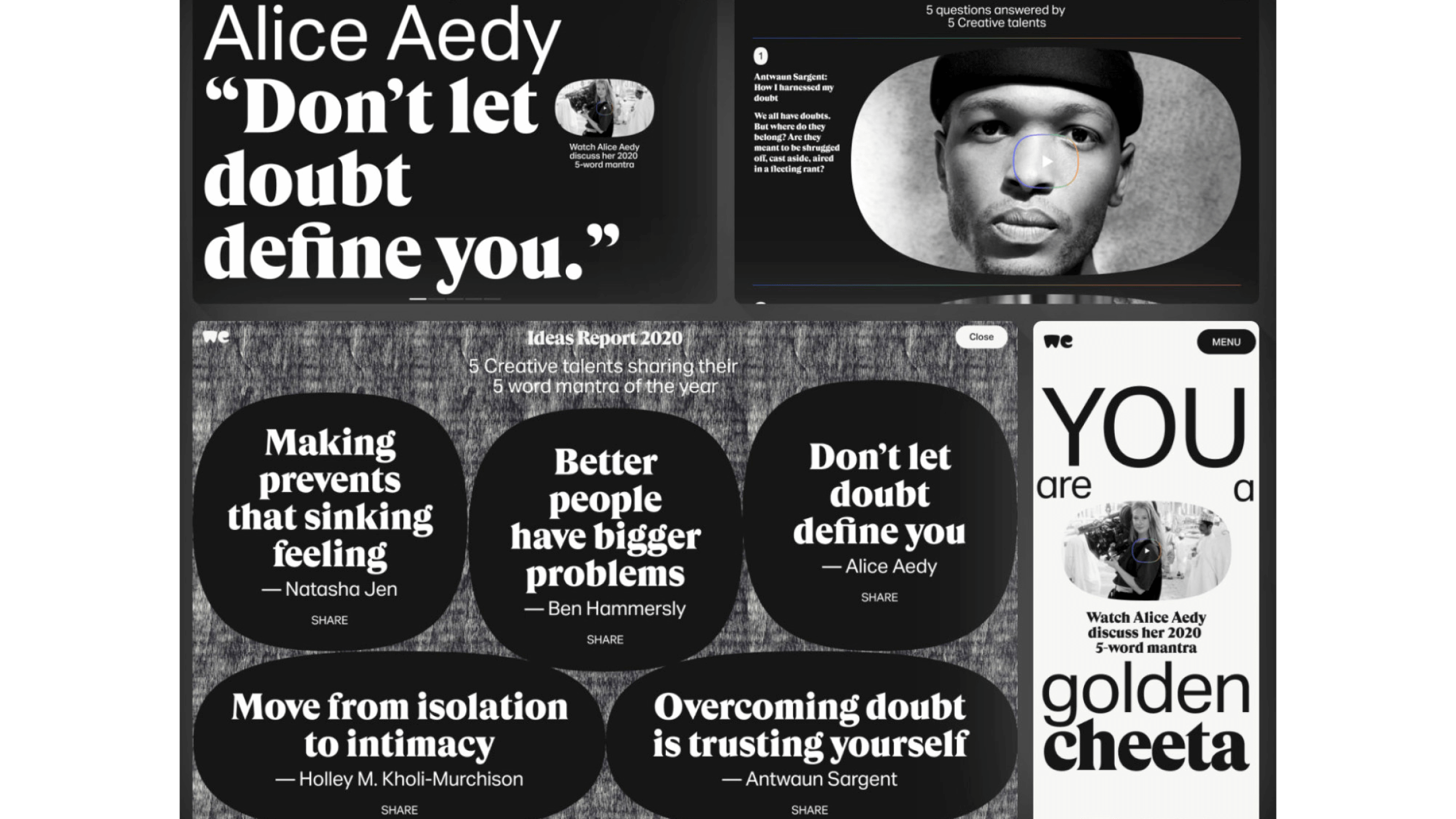
PLAY
Lastly, we decided to make a game to present the survey questions as an interactive journey and wandering experience.
We were looking for something that embodies the sensation of self-reflection and found it in the form of a zen garden. The serenity of the waving shapes in the sand and natural rock formations invites the user to dwell in a calm and peaceful atmosphere.
To start, we asked visitors how the pandemic affected them on a professional and personal level. As they advanced through five stages, their “aura” formed a shareable summary, or mood spectrum, of their past year.
Throughout our game we featured a marble, a protagonist meant to encapsulate the visitor in an abstract sense. We were attracted to the childlike symbolism of marbles, and the innocence and playfulness in rolling them. The marble evolved along with its aura over the course of the journey––a sort of crystal ball that absorbed each player’s past, present, and future based on their answers.
During several review sessions, the notion of a horoscope was mentioned, which felt oddly appropriate. Auras, horoscopes, and references to mindfulness all live in the same universe.
The final touch was sound design for the experience.
The sound design is inspired by ASMR videos where a very clear and quiet environment brings out all the sonic details. In combination with a game mechanic, this creates a unique sensory experience. The rolling of the marble on crunchy sand, the ambient sounds of nature, and the glass tick when bumping into rocks are all deliberately designed to create a unique atmosphere.
Onward and upward
Given the ongoing impact of the pandemic, we approached the 2020 Ideas Report methodically, with a significant amount of research done at the onset. Some of our findings are ripe for testing in future projects and initiatives, and we’re excited to share further insights when the time comes.
In creating a report that looked backward, we looked forward.
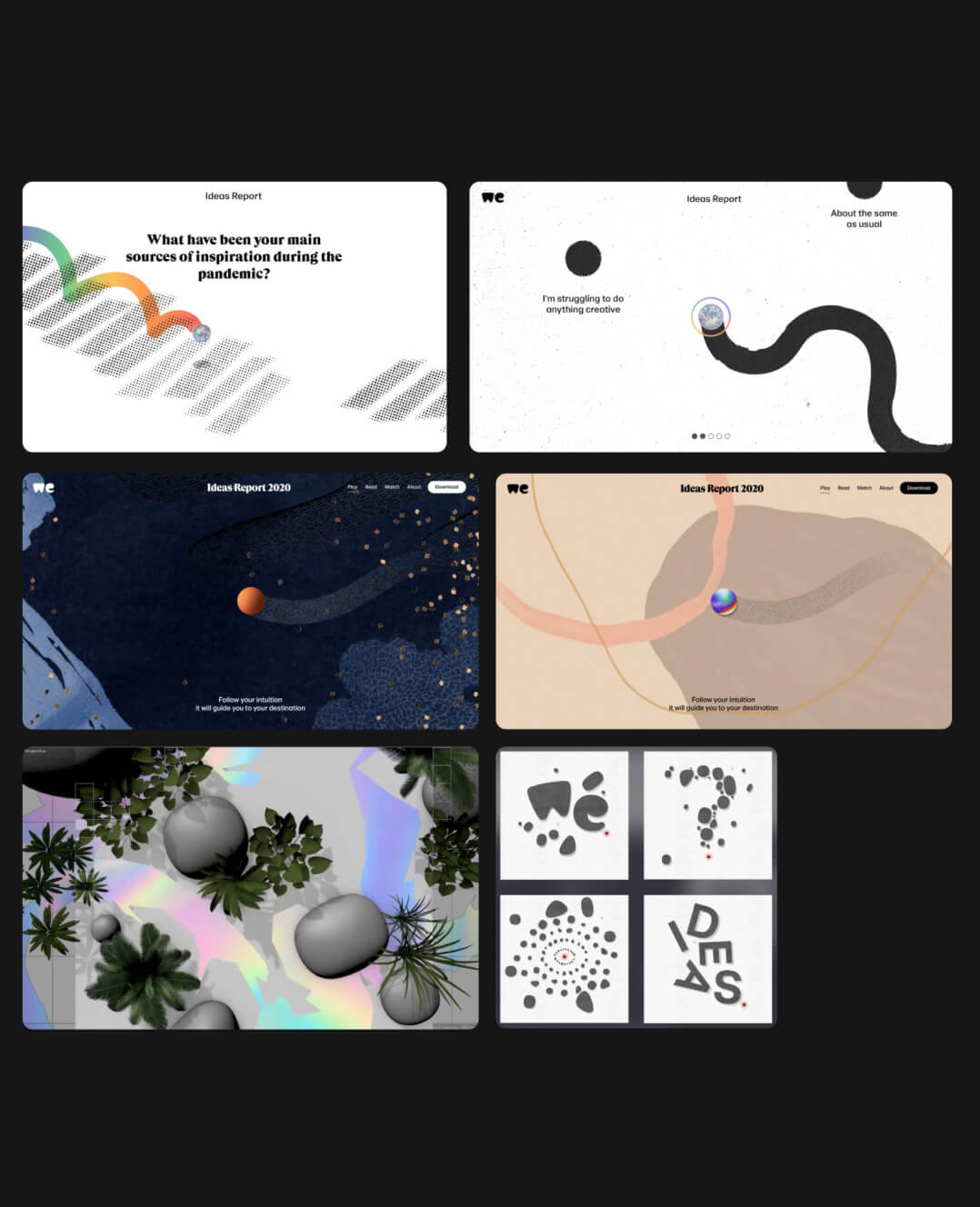
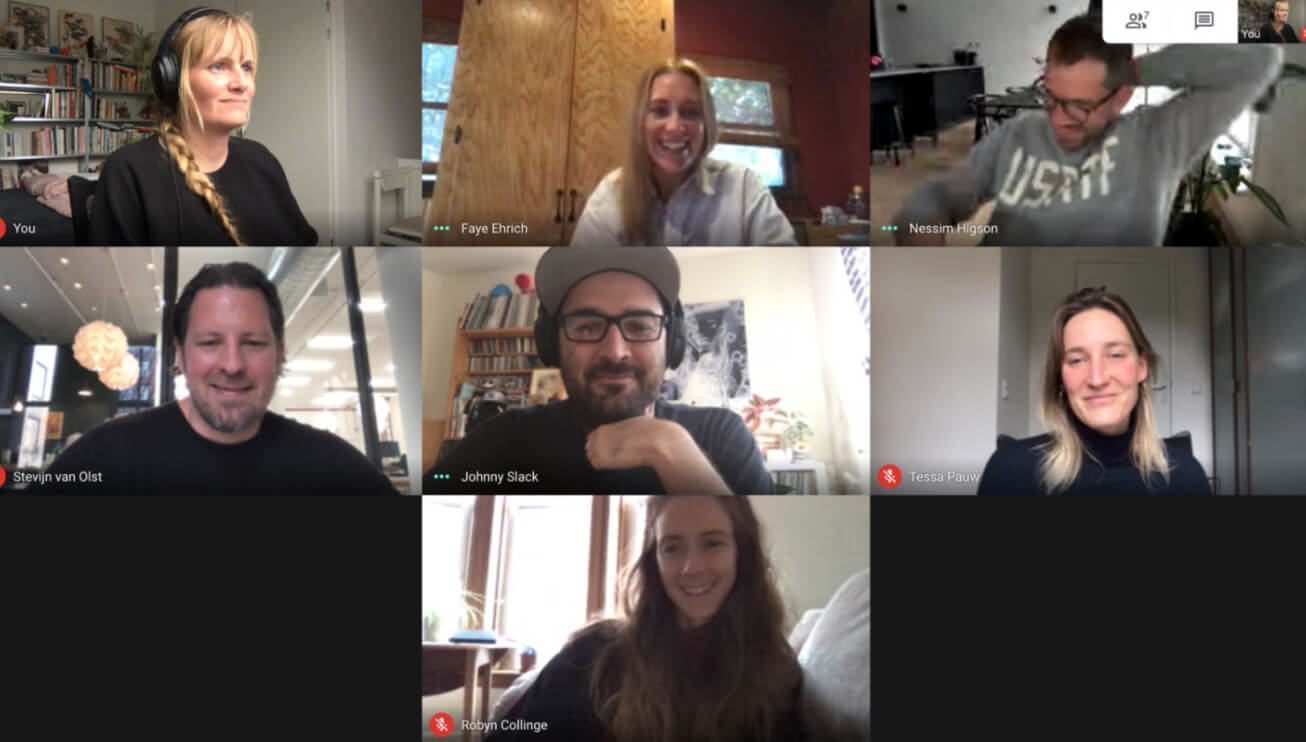
The extraordinary effort that went into this Ideas Report was also unlike previous years. We put the experience together with a fully remote staff in different time zones, using digital tools we built ourselves. By taking an iterative approach and long-term view, we hope that our work as a brand and as a creative company will continue to provoke thought and inspire others in an uncertain world.
